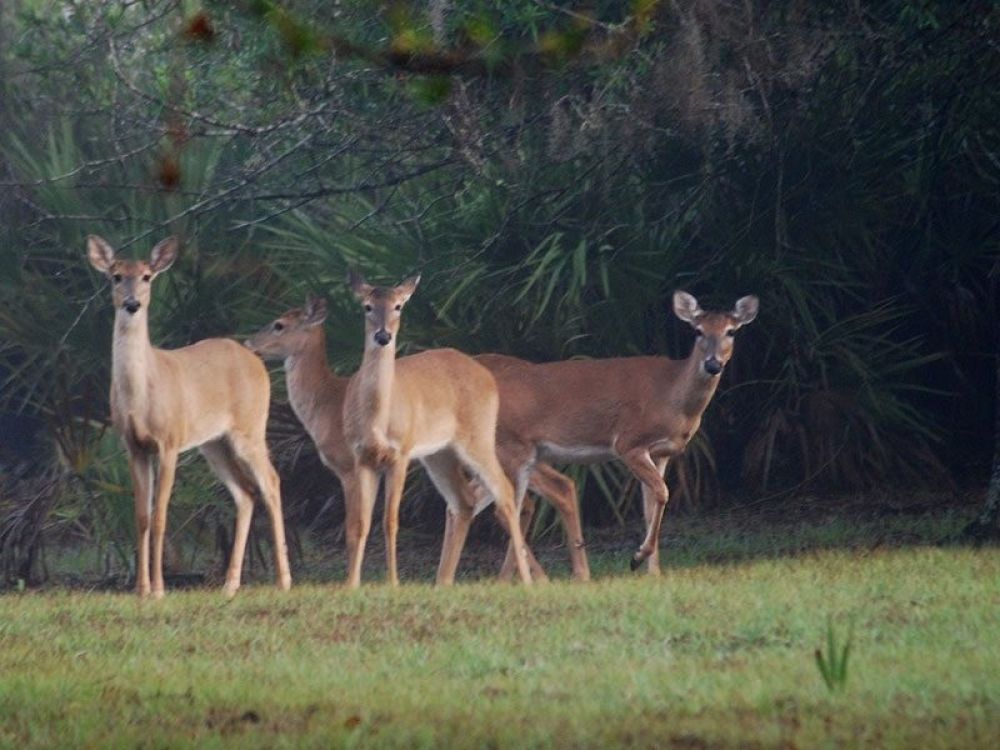

Located in the Meerut district of Uttar Pradesh, the Hastinapur Wildlife Sanctuary is a significant eco-tourism spot that has been attracting nature lovers and wildlife enthusiasts for several years. It is one of the prominent wildlife sanctuaries in the Northern India and spreads across a vast area of approximately 2073 square kilometers.
The sanctuary was established in 1986 under the Wildlife Protection Act of 1972. Its primary aim was to safeguard the biodiversity of the region, including its various indigenous species of flora and fauna. The history of tourism in Hastinapur Wildlife Sanctuary is closely tied to the rich historical and mythological significance of the region. Hastinapur is mentioned in the ancient texts of the Mahabharata and is believed to have been the capital of the Kuru kingdom. This historical significance has enhanced the sanctuary's appeal to tourists, who come not only for the wildlife but also to connect with India's ancient past.
The sanctuary is home to a wide variety of wildlife, including several endangered species. It provides a natural habitat for animals like leopards, hyenas, wild cats, and the Indian python, as well as a vast range of bird species. Apart from the rich biodiversity, the sanctuary offers stunning landscapes along the Ganges river that flows through parts of it, providing picturesque scenes that are a delight for nature photographers and casual visitors alike.
With the evolution of travel habits, there has been a notable shift towards ecotourism and sustainable travel practices among tourists. Visitors to the Hastinapur Wildlife Sanctuary are increasingly seeking authentic experiences that allow for wildlife observations with minimal impact on the environment. There is an emphasis on conservation education and awareness, with many tours and activities designed to inform visitors about the importance of biodiversity and habitat preservation.
Tourism facilities in the sanctuary have been developed keeping in mind the comfort and convenience of visitors while ensuring the preservation of natural resources. The best time to visit the sanctuary is from October to March, when the climate is most favorable for wildlife spotting. There are several watchtowers in the sanctuary that give travelers a better vantage point for observing the wildlife.
Like many wildlife reserves, Hastinapur Wildlife Sanctuary faces challenges such as habitat loss and the threat of poaching. The sanctuary's management has taken concerted efforts to address these issues through regular patrols and the involvement of local communities in conservation efforts.
Visiting Hastinapur Wildlife Sanctuary is indeed an enriching experience that combines the thrills of wildlife tourism with the profound legacy of one of India's ancient cities. It serves as a key reminder of the delicate balance between man and nature and the ongoing efforts required to maintain it for future generations.